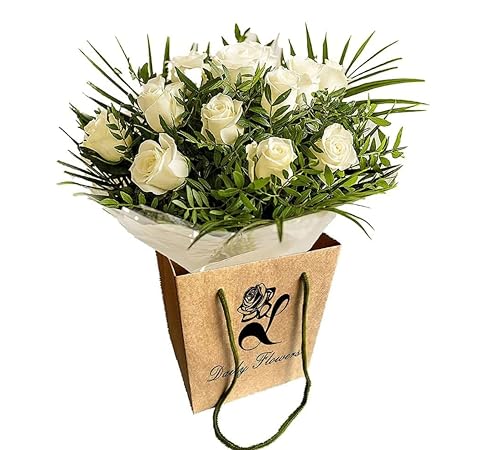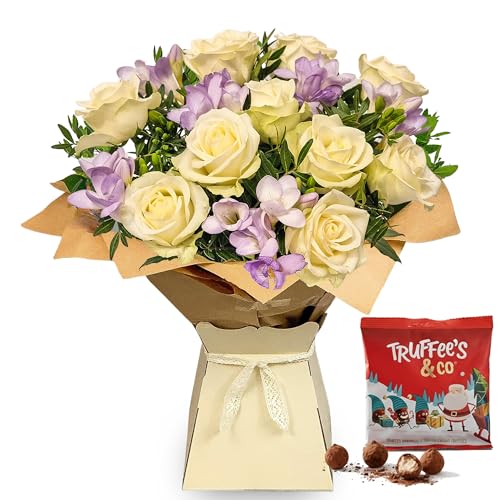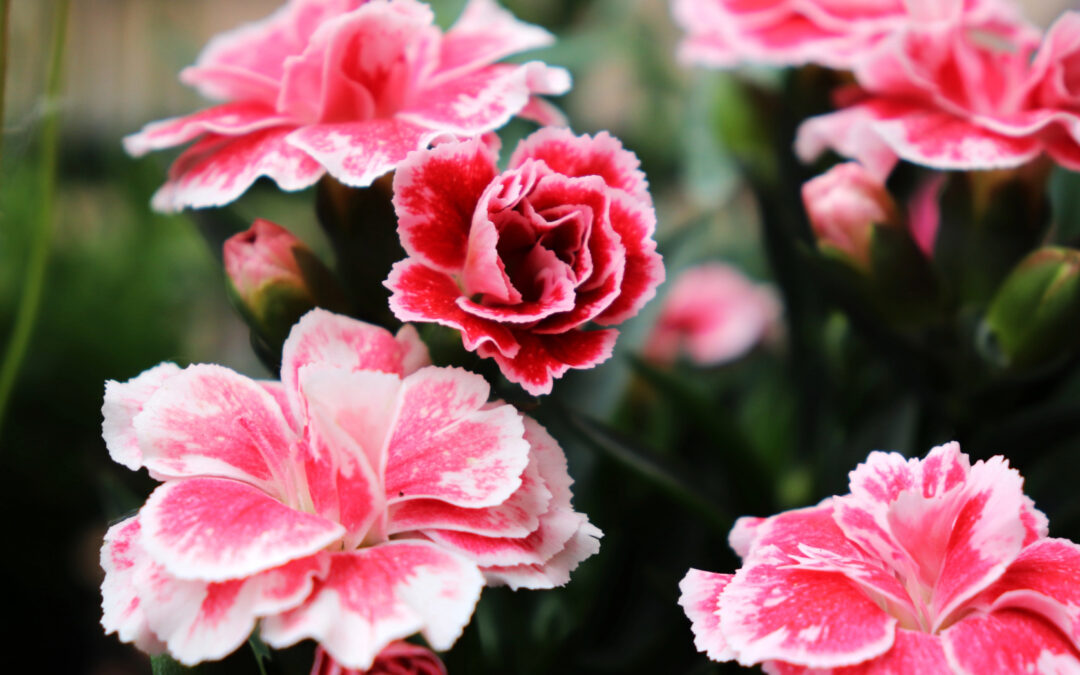











Long before texting or emojis, people used flowers to communicate feelings they couldn’t say aloud. In the 19th century, especially during the Victorian era, flowers were more than beautiful—they were coded messages. This practice, known as floriography, became a quiet yet powerful way to express everything from romance to rejection.
Why Did Victorians Use Flower Language?
The Victorians lived in a time of strict social etiquette. Public displays of emotion were often discouraged, particularly for women. But flowers gave people a discreet way to share their thoughts. A single bloom handed over at the right time could speak volumes. Bouquets weren’t just decorations—they were statements.
Common Flower Meanings in Victorian Times
Different flowers took on specific meanings, some of which we still recognise today. A red rose, for instance, stood for deep love and desire, while a white rose symbolised purity and new beginnings. Yellow roses, interestingly, were often seen as a sign of jealousy or infidelity—quite different from their modern-day association with friendship.
Violets were popular among young lovers, representing modesty and faithfulness. Giving someone a bunch of violets could be a quiet promise of loyalty. On the other hand, if you received an orange lily, it wasn’t necessarily a compliment—it suggested hatred or disdain.
More Than Just the Flower: Gesture and Arrangement
The meanings could even shift depending on how the flowers were arranged. Presenting a bouquet upside-down was a way to reverse its meaning entirely. Even the way flowers were handed over mattered. If someone gave you a flower with their right hand, it meant “yes” or acceptance. If they used the left hand, it meant “no” or refusal.
The position of the bouquet and the order of the flowers all added extra layers of meaning to the message being sent. Floriography had a subtle but complex grammar that made it both intriguing and deeply personal.
Flower Dictionaries and the Rise of Floral Messaging
Books known as “flower dictionaries” were widely published during this time, helping people learn and interpret floral messages. These guides became incredibly popular, and many florists used them to create arrangements that told full stories through their choice of blooms.
Do We Still Use Floriography Today?
While the tradition of floriography faded as times changed and people became more direct in their communication, many of the meanings still influence how we choose flowers today. We still associate roses with love, lilies with sympathy, and daisies with innocence. The roots of those ideas trace right back to the Victorians.
Today, bringing a bit of floriography into your flower choices can add a thoughtful, personal touch. Whether you’re sending a bouquet to express love, offer condolences, or show appreciation, choosing flowers with a specific meaning adds an extra layer of care to your gesture.
Say It with a Story
At eFloral, we love the idea that flowers can tell a story. That’s why we design arrangements that are not only beautiful, but also meaningful. Whether you want to say “I love you,” “I’m sorry,” or simply “I’m thinking of you,” we can help you create a bouquet that speaks from the heart.
Explore our collection of handcrafted bouquets at efloral.co.uk and let the flowers do the talking.

